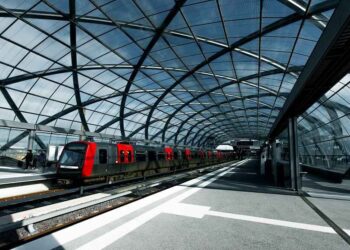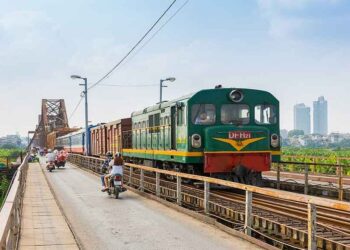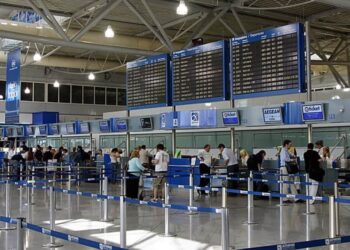The Xiamen-Shenzhen high-speed line connects the Xiamen city in the Fujian Province with Shenzhen in the Guangdong Province of China. It is the first high-speed railway constructed on the southern coast of China.
The 502.4km line is the last and the longest section of China’s Southeast Coast High-Speed Rail Corridor, called the Hangzhou-Fuzhou-Shenzhen High-Speed Railway.
The construction of Xiamen-Shenzhen high-speed railway was started in November 2007. The line was officially opened in December 2013 with the first service run from Shenzhen North to Shanghai Hongqiao.
The high-speed line, owned by China Railway and operated by China Railway High-speed, is designed for trains running with speeds up to 250km/h. The new line reduced the journey time between Xiamen and Shenzhen from 11 hours to just three hours.
Southeast Coast High-Speed Rail Corridor details
The high-speed south-east coastal corridor from Shanghai to Shenzhen (located near Hong Kong) is one of the eight major corridors of China’s high-speed rail network. Most of the Chinese high-speed lines are built along the routes of older conventional railroads, but the south-east coast didn’t have any railways before the high-speed rail construction.
The high-speed rail service between Shanghai and Hangzhou has been operational since October 2010. The travel time between the two cities has been reduced to just 45 minutes with the trains travelling at maximum speed of 350km/h on the 202km long line.
Hangzhou-Fuzhou-Shenzhen high-speed line of the corridor connects Hangzhou, the capital city of Zhejiang Province, with Shenzhen, a major city in southern China’s Guangdong Province, which lies 36km north of Hong Kong.
The Beijing-Guangzhou-Shenzhen-Hong Kong high-speed line under development will offer more high-speed connections to Beijing and Hong Kong.
The 1,495km Hangzhou-Fuzhou-Shenzhen high-speed line is divided into five sections, with four of them already operational by 2012. The fifth and the sixth units commenced operations in December 2013.
The sections of the line include the 152km Hangzhou-Ningbo section, the 268km Ningbo-Taizhou-Wenzhou section, the 298km Wenzhou-Fuzhou section, the 275km Fuzhou-Xiamen section, and the 502km Xiamen-Shenzhen section.
Details of China’s Xiamen-Shenzhen high-speed line
The construction of the Xiamen-Shenzhen dual-track high-speed rail line started in November 2007.
Its opening was originally scheduled for 2011, but repeatedly postponed due to the Wenzhou train crash that killed 40 passengers in July 2011. The government suspended the approvals of the new high-speed rail lines until the investigation of the accident was completed.
The line connects two special economic zones in China, Xiamen in the Fujian province and Shenzhen city.The high-speed line runs 145km in the Fujian province and 357km in the Guangdong province.
Xiamen-Shenzhen line trains (rolling stock) and route
CRH electric multiple unit trainsets with maximum speed up to 250km/h are operated on the line.
The high-speed line starting from Xiamen North Station and ending at Shenzhen North Railway Station passes through 20 stations in eight cities, namely Shenzhen, Huizhou, Shanwei, Puning, Shantou, Chaozhou, Zhangzhou and Xiamen.
The high-speed line is expected to boost the local economy by providing a faster connection between three important special economic zones, namely Xiamen, Shantou and Shenzhen.
Contractors involved with the major high-speed rail project
Hollysys was awarded a contract worth $10.75m in January 2013 to supply ground-based rail signalling system, including Train Control Centres (TCC), Line-side Electronic Units (LEU), Balises and other auxiliary equipments for the 357km Guangdong section of the Xiamen-Shenzhen high-speed line.
































